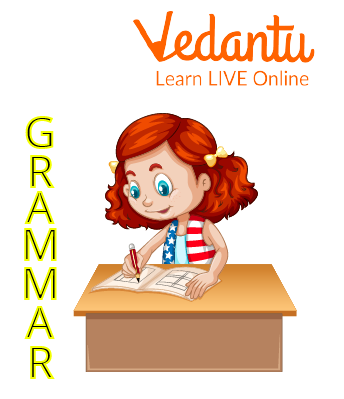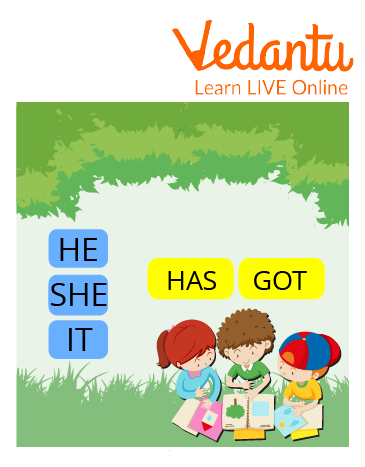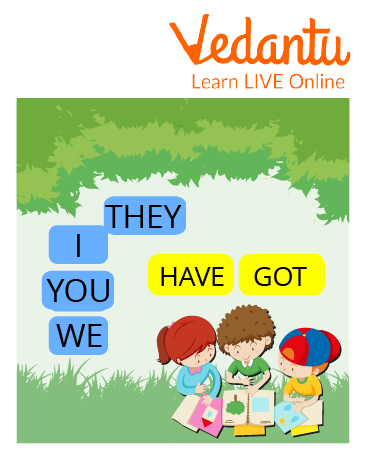Has and Have in Class 1 English Grammar: Concepts & Practice (2025-26)
FAQs on Has and Have in Class 1 English Grammar: Concepts & Practice (2025-26)
1. How do I correctly use 'has' and 'have' to solve questions in my Class 1 NCERT English book?
To find the correct answer, you need to look at the subject of the sentence. Use 'has' when you are talking about one person, place, or thing (singular nouns), such as 'He', 'She', 'It', or 'A cat'. Use 'have' when talking about more than one person, place, or thing (plural nouns), like 'We', 'They', or 'The cats'. Remember the special rule: 'I' and 'You' always use 'have'.
2. What is the step-by-step method to solve exercises on 'has' and 'have' as per the NCERT solutions?
Following the correct method helps you get the right answer every time. Here is the step-by-step process used in the NCERT Solutions for the 2025-26 session:
Step 1: Read the full sentence and identify the noun or pronoun (the person or thing doing the action).
Step 2: Check if the noun/pronoun is singular (one) or plural (many).
Step 3: Apply the rule: Use 'has' for singular subjects (He, She, It, Ravi, The dog). Use 'have' for plural subjects (They, We, The dogs) and also for 'I' and 'You'.
Step 4: Write the correct word in the blank and read the sentence again to check if it sounds correct.
3. Can you provide some solved examples of sentences with 'has' and 'have' for Class 1?
Certainly. Here are some examples showing the correct method:
She has a new bicycle. (Correct because 'She' is a singular pronoun).
I have finished my homework. (Correct because 'I' always uses 'have').
The elephants have big ears. (Correct because 'elephants' is a plural noun).
A rectangle has four sides. (Correct because 'A rectangle' is a singular noun).
4. Why do we use 'have' with 'I' and 'you' if they refer to just one person?
This is a special rule in English grammar that helps sentences sound right. Even though 'I' (myself) and 'you' (the person I am talking to) are singular, they are treated differently. For solving NCERT questions, just remember this simple trick: the words 'I' and 'you' are special partners with 'have'. So, we always say, 'I have a book,' not 'I has a book.'
5. How do the NCERT Solutions for Class 1 English help with grammar topics like 'Has and Have'?
Vedantu's NCERT Solutions for Class 1 English, designed for the 2025-26 CBSE syllabus, explain every grammar topic in a simple, step-by-step way. For 'Has and Have', the solutions don't just give the final answer; they explain why a particular word is used, reinforcing the singular and plural rules. This helps you understand the concept deeply and not just memorise the answers.
6. What are common mistakes to avoid when using 'has' and 'have', and how do NCERT solutions help?
A common mistake is using 'has' with 'I' or 'you'. Another error is using 'have' with a singular name like 'Riya has a pet' instead of 'Riya have a pet'. The NCERT Solutions help you avoid these by providing clear explanations with each answer. By seeing the correct rule applied repeatedly in solved examples, you learn to spot these mistakes and build the confidence to answer correctly in exams.
7. How can I use the concepts from the NCERT solutions for 'has' and 'have' to improve my daily English conversation?
You can practice by using 'has' and 'have' to talk about things you see every day. After understanding the rules from the solutions, try making sentences like, 'My father has a blue shirt,' or 'My friends have many toys.' This practical application turns a grammar rule from your book into a skill you can use while speaking, making your English sound more natural and correct.


















